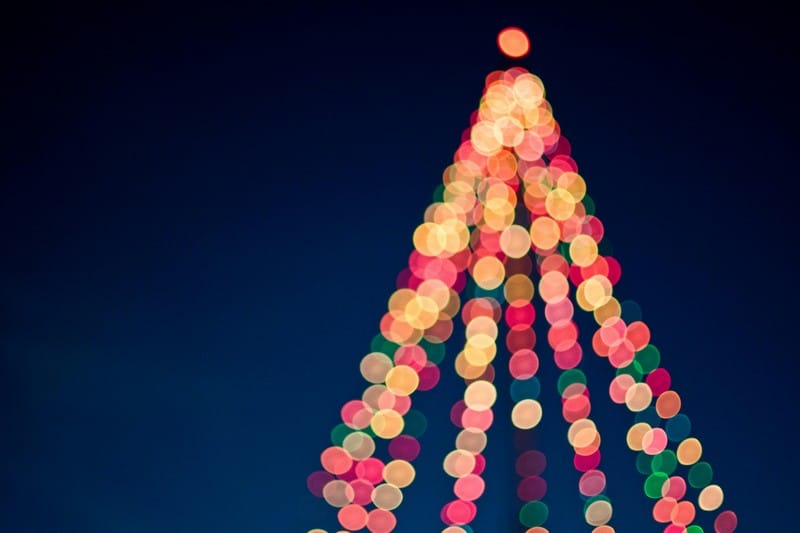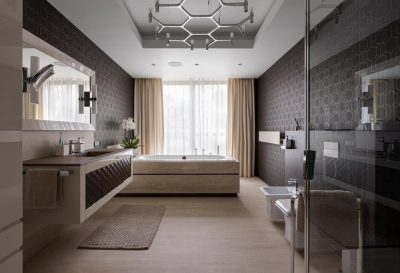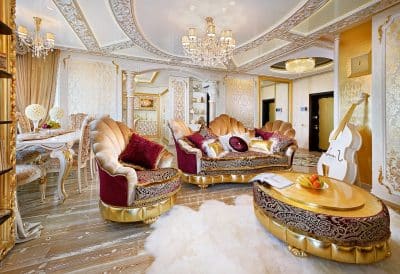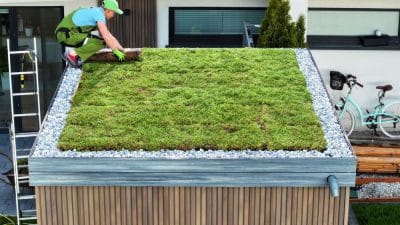We’ve all seen that house—you know the one. It’s December, and it’s practically glowing from space. The holiday spirit is definitely there, but the architecture? Completely lost beneath a jumble of mismatched lights. While decking the halls should be joyful, holiday lights should enhance—not overwhelm—your home’s beautiful design.
If you’ve ever admired a perfectly lit home and wondered how it’s done, the secret is usually simple: balance, thoughtful planning, and sometimes a bit of help from someone who installs professional christmas lights. With the right approach, you can highlight the best features of your home without drowning it in LEDs.
Here’s how you can create a stunning holiday lighting display that complements your architecture rather than competing with it.

Start With Your Home’s Style
Before climbing any ladders, step back and really look at your home. Every house has unique architectural characteristics—like roof pitches, window shapes, and building materials—that can guide your lighting decisions.
- Traditional Homes: Classic architecture typically benefits from warm, uniform lighting along rooflines and symmetrical window framing. Keep the lights consistent, simple, and softly glowing to preserve the elegant vibe.
- Modern Homes: If your home boasts clean lines and minimalist design, keep your holiday lights sleek and straightforward. Think single-color strands or crisp LED lines along the edges of flat roofs.
- Cottage and Craftsman Homes: These styles love cozy, warm-white bulbs draped casually along porch railings, gables, and columns to highlight their charming, welcoming character.
Follow Your Roofline’s Natural Flow
Your roofline is one of your home’s most defining architectural features. To highlight rather than hide it, follow its natural lines. Peaks, gables, and dormers deserve special attention, since they create visual interest.
Use lights consistently along the eaves and roof edges, and carefully outline dormers or architectural details like turret windows. Avoid zig-zagging or crossing lights randomly—this distracts from your home’s design.
For complex rooflines, it can help to sketch a quick plan. It doesn’t have to be fancy, but a simple outline helps visualize where your lights will enhance your home’s silhouette.
Pay Attention to Scale
Not all holiday lights are created equal—especially when it comes to scale. Lights that work beautifully on a large home might overwhelm a smaller bungalow. Likewise, tiny bulbs might vanish against an expansive façade.
Consider your home’s size:
- Small to Medium Homes: Opt for smaller bulbs (C7 size or mini LEDs). They enhance your architecture without overwhelming it.
- Larger Homes and Estates: Feel free to go bolder with larger bulbs (C9) or use a mix of sizes, accenting bigger features with larger bulbs and smaller features with mini lights.
Think About Color Temperature
Warm white, cool white, multicolor—there’s a lot to choose from. But color temperature matters greatly when it comes to architectural integrity.
- Warm Whites (2200–3000K): These lights create an inviting glow ideal for traditional, rustic, or cottage-style homes. They complement natural materials like brick, wood, or stone.
- Cool Whites (3500K and above): Modern architecture often benefits from cool-white lights. They look crisp and clean against metal, concrete, and minimalist façades.
- Colorful Displays: Multicolor strands can feel playful and nostalgic, perfect for Victorian or eclectic homes. Keep colors evenly distributed to avoid chaotic visuals.
Hierarchy: Decide What to Highlight First
Good design is all about visual hierarchy. Even holiday lighting needs clear focal points. Ask yourself—what architectural element do you want your guests (or the neighbors) to notice first?
- Rooflines: Most common as the focal point. Outline the edges to frame the home elegantly.
- Pathways and Entries: Highlight your front door and entryway clearly, creating an inviting, well-lit path. This naturally draws attention inward.
- Landscape Features: Trees, shrubs, or statues can beautifully complement your home’s architecture. Light them tastefully as supporting elements, without overpowering the main structure.
Balancing these focal points keeps your lighting cohesive and prevents visual clutter.
Materials Matter—Match Your Home’s Exterior
Your home’s exterior materials influence how your holiday lights appear.
- Brick and Stone: Warm tones look fantastic. Use warm-white or amber lighting to enhance these natural materials.
- Wood Siding and Shingles: These materials reflect warm colors well. Stick to gentle, cozy lighting.
- Stucco and Concrete: Cool-white LEDs or single-color lighting can give these materials a sharp, contemporary look.
- Metal and Glass: Modern homes often incorporate metal and large windows. Here, sleek lights with a subtle glow or even spotlights highlighting structural elements can deliver stunning results.
Keep It Safe and Simple
Sometimes less is more. Don’t feel obligated to cover every available surface in lights. Thoughtfully placed lights can achieve much more impact than an overloaded display. Additionally, simpler setups are safer and easier to maintain.
Here are quick safety tips to keep your lighting both beautiful and trouble-free:
- Use LED lights—they’re cooler, safer, and more energy-efficient.
- Invest in timers or smart outlets to turn lights off automatically, saving energy.
- Secure all lights properly to avoid sagging or damage from wind and snow.
Quick Tips for Complex Elevations
If your home has unique architecture—say, multiple roof peaks, odd angles, or special features—lighting gets tricky fast. Here are a few tips:
- Light architectural highlights individually (a turret, a bay window), rather than treating your façade as one large canvas.
- Use strategic spotlights or floodlights to softly illuminate textured walls or unique siding.
- When lighting multiple roof peaks or gables, keep the color and scale consistent, allowing the architectural rhythm to guide the eye smoothly.
Final Thoughts: Your Home, Only Brighter
Holiday lighting shouldn’t overshadow your home—it should celebrate it. By considering your architecture’s style, scale, color, and focal points, your festive display can enhance your home’s natural beauty rather than hiding it.
Keep your setup simple, choose lights thoughtfully, and don’t be afraid to call in help when needed. Soon, your home will stand out on your street not because it’s the brightest, but because it’s beautifully and thoughtfully illuminated.
Because after all, great holiday lighting is all about showing off your home’s best self—just with a little extra seasonal sparkle.








